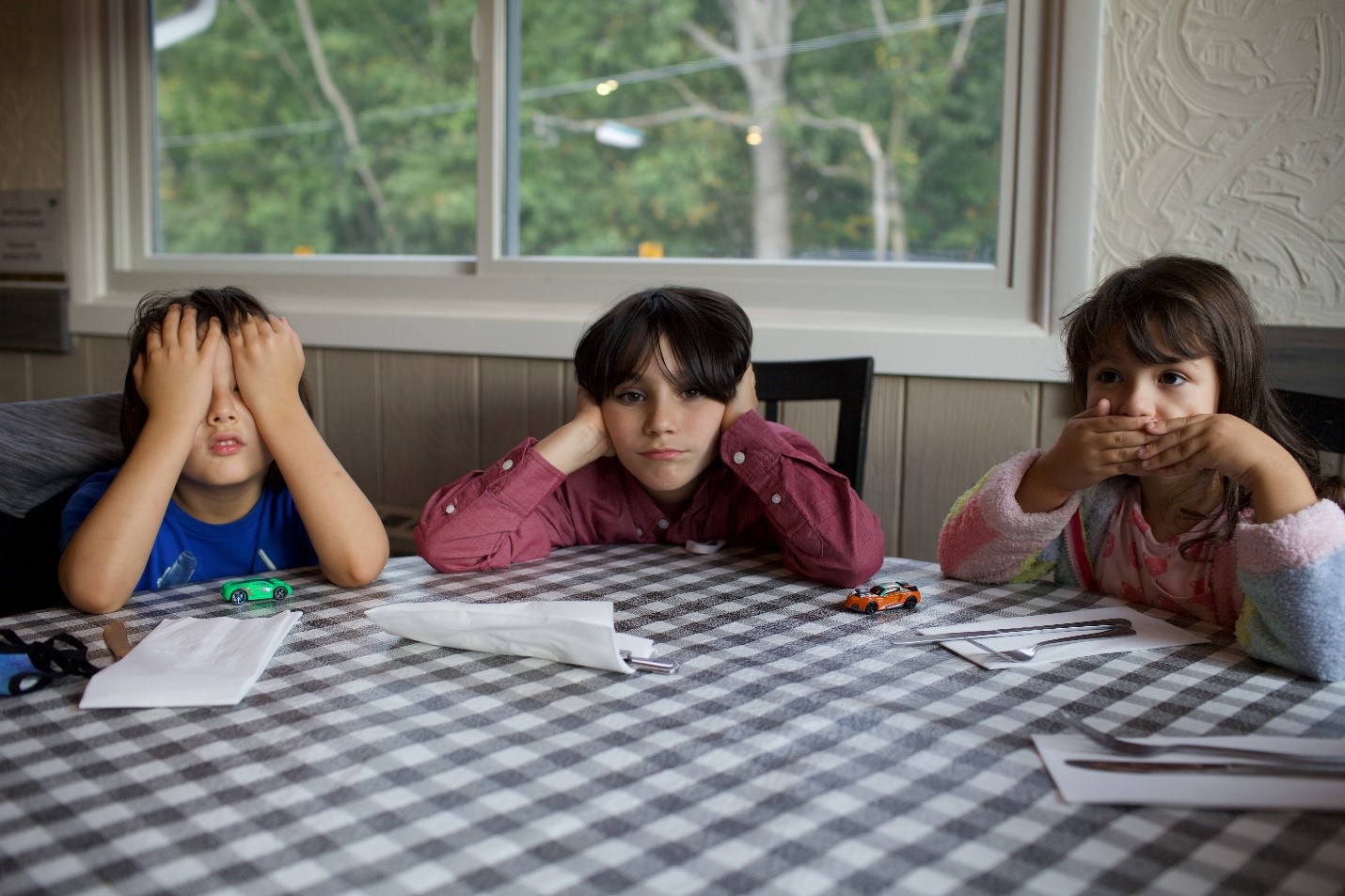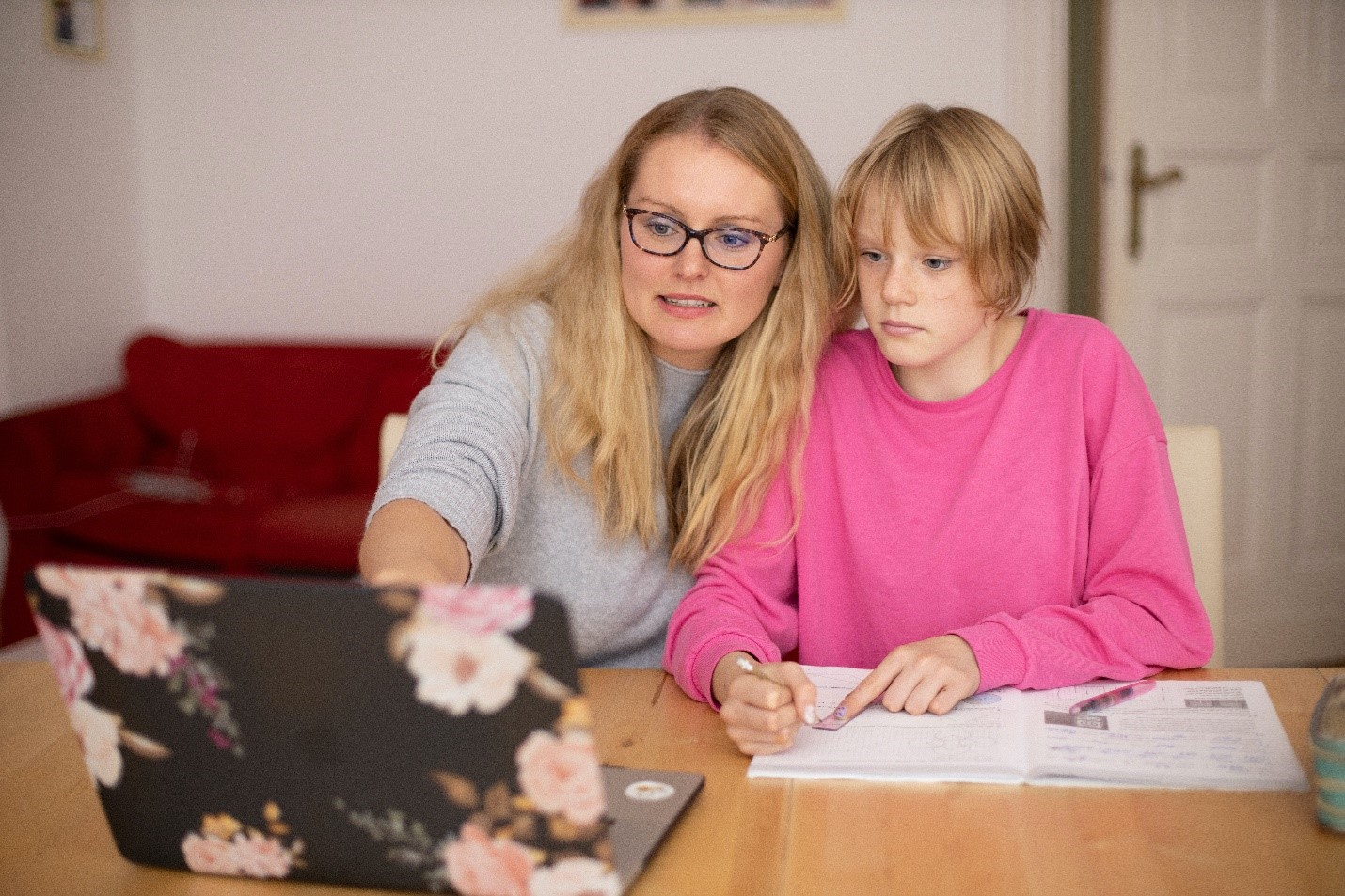Co-parenting can be challenging in the most ideal situations, however, when you are dealing with a high-conflict ex-partner, challenging is taken to all new levels. Unfortunately, for the sake of the kids, and often because of the courts in the UK, most parents will still need to co-parent with the partner, no matter how much conflict occurs in the relationship.
Thankfully, there are things that you can do to make co-parenting with a high conflict ex-partner successful and we will go over those tips.
Parental Responsibility, High Conflict and the UK Family Law
In the UK, high conflict does not always mean that there will be caveats made in the courts for your parenting arrangement. Both parents have parental responsibility and they need to be able to co-parent above and beyond that conflict.
However, in the event that there is toxic conflict or domestic violence, the parent can seek legal parameters to reduce the amount of contact and possibly gain full parental responsibility of the children. This is set for extreme situations so if it is simply that you are arguing because of the divorce or settlement, then the courts ask that you work through them with the help of a mediator or family supports.
In those cases, you need to just follow the tips and move forward toward success.
Tip For Success #1: Acceptance
Before you do anything else, take a deep breath and accept how things are. Your relationship can’t be changed at this point, and there is a big chance that you are getting divorced because of that. Accept that your old relationship is over and that you need to find some way to navigate these new waters around your ex-partner.
Next, accept that you can’t change your high conflict ex-partner. By accepting that fact, you can step away from arguments and set those boundaries that you need to successfully co-parent. In addition, when you accept that you can’t change your ex-partner, you can begin to focus on what you can control…your life, job, how you raise your kids when they are at your home, and those trivial things. You will stop trying to control who your ex-partner is or setting expectations (good or bad) that affects how you interact with that person.
Finally, you can accept that your ex-partner will only change if he or she decides to change.
Tip For Success #2: Focus on Low-Conflict
This is primarily around communication but it is best to try to be low-conflict, even when your ex-partner is being high-conflict. If you find that you stumble into arguments when you see each other, ask for a third party for handoffs. You can say that you have to work, etc. to avoid an argument about not picking up or dropping off, or you can be honest and say that you don’t want to chance an argument in front of the kids.
If you can avoid arguments at handoffs, give your ex-partner other ways to discuss high-tension topics. You can suggest a mediation app like 2houses, email, or texting. Try to avoid any face to face or verbal conversations.
When you do any type of communication, make sure that it is low conflict. If you are feeling angry, frustrated, hurt, etc., take the time to calm down and then go and email your ex-partner. This is really important if you get a hurtful email or text. Take a breath, ignore it and approach it once you’ve calmed down.
Tip for Success #3: Don’t Take Things Personally
One of the best tips that I can give you is to not take things personally that your ex-partner says. Remember, when they are high conflict, they want to create conflict with you. And they don’t even need to start an argument with you. They can simply say something hurtful directly or in passing that can be devastating if you take it personally.
Instead, take a moment and collect yourself. Give yourself the assurance that what your ex-partner is saying is not true, that you are a different person than who you were when you were both together. Also, make sure that you go back to the statement that you can’t change that person. They are trying to hurt you and it is coming out in these ways.
And finally, don’t try to defend or explain yourself. What he or she thinks about you doesn’t matter. All that matters is what you think of yourself and your relationship with your kids. If you ignore the hurtful things, don’t take it personal and reaffirm who you are to yourself and your kids, you can avoid a lot of the pitfalls that parenting with a high conflict parent has.
Tip for Success #4: Match Conflict with Calm
It can be extremely easy to step into arguments with a high conflict ex-partner but one of the best things you can do for yourself and your kids is to not do it. When you step into the sandbox, as is said, you end up sinking to their level and it can become easy to be as damaging as they are.
Instead, set limits for yourself, disengage when you feel those limits being met and find ways to calm down so that you can match his conflict with calm emotion. The main point is to enjoy your life and the time with your kids and if you are left angry from a fight, you can’t do either.
Tip for Success #5: Set Some Boundaries
Finally, when you are co-parenting with a high conflict ex-partner, it is important to set some boundaries and follow them. You don’t need to reply to every demand, text, email or answer every phone call. You can have space and you can have a protocol for emergencies if there is one.
Don’t let your ex-partner come to your home. Do all the meetings at public places and try to have someone there with you. This can help set boundaries and, if a conflict does happen, you can leave. It is a lot harder to get your ex-partner to leave if they are at your home.
Use a mediator for those moments when your ex-partner is not paying child support or doing things against the custody agreement. Don’t try to solve it yourself. More than likely, they are doing it to start a conflict and you tackling it yourself only feeds that conflict. Get the lawyers or mediators to deal with it.
While it is difficult, you can be successful when co-parenting with a high conflict ex-partner. You just need to set boundaries, avoid conflict and focus on your kids. Everything else doesn’t matter in the grand scheme of raising your kids.










